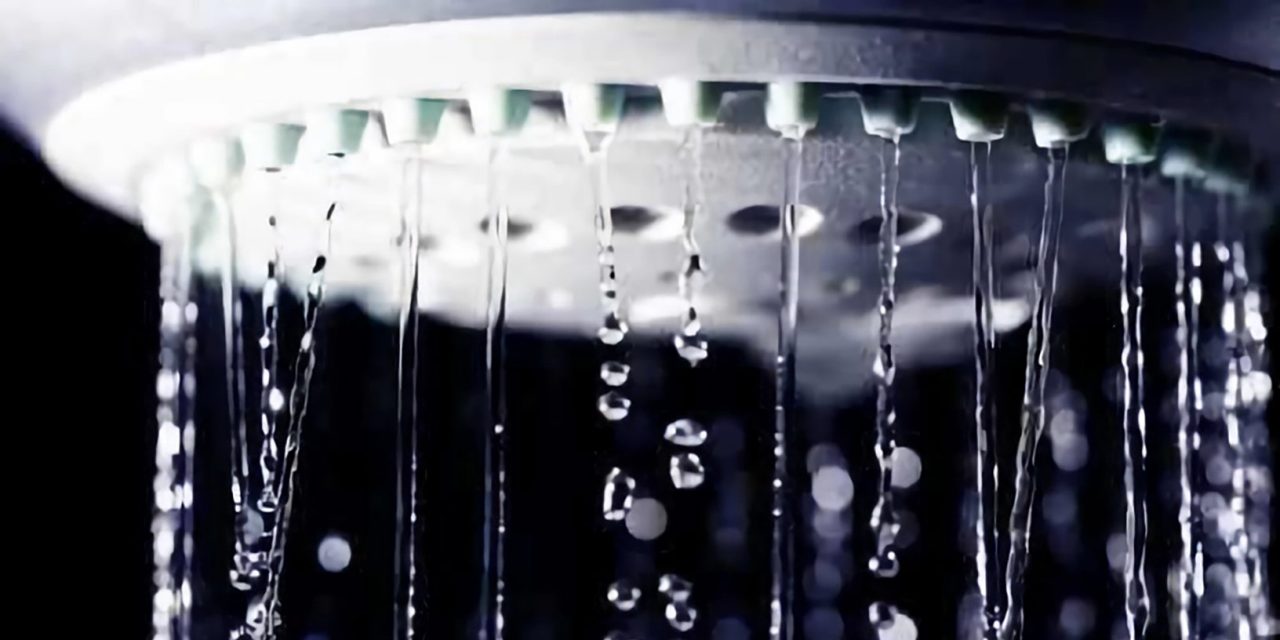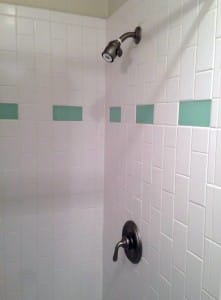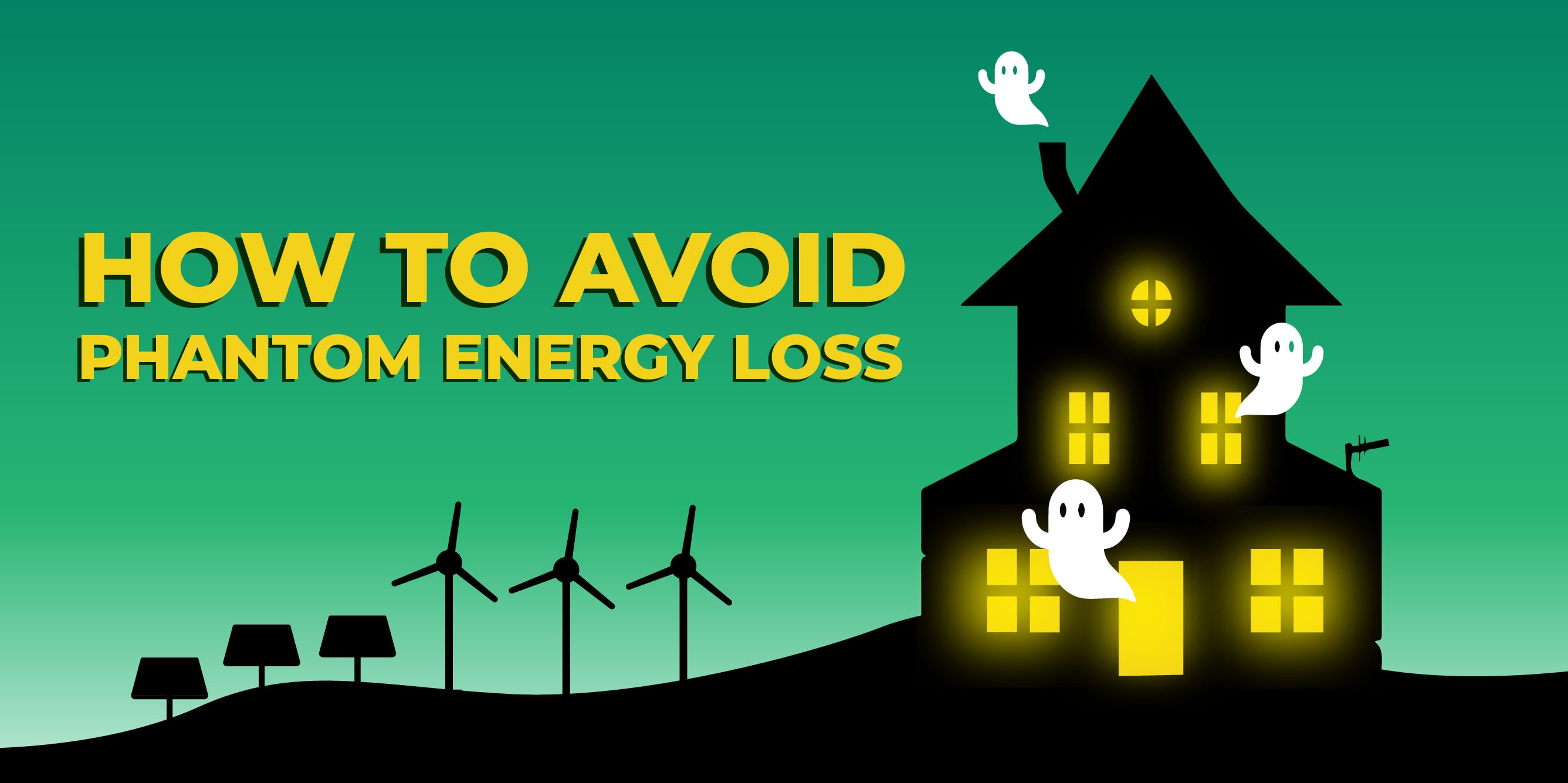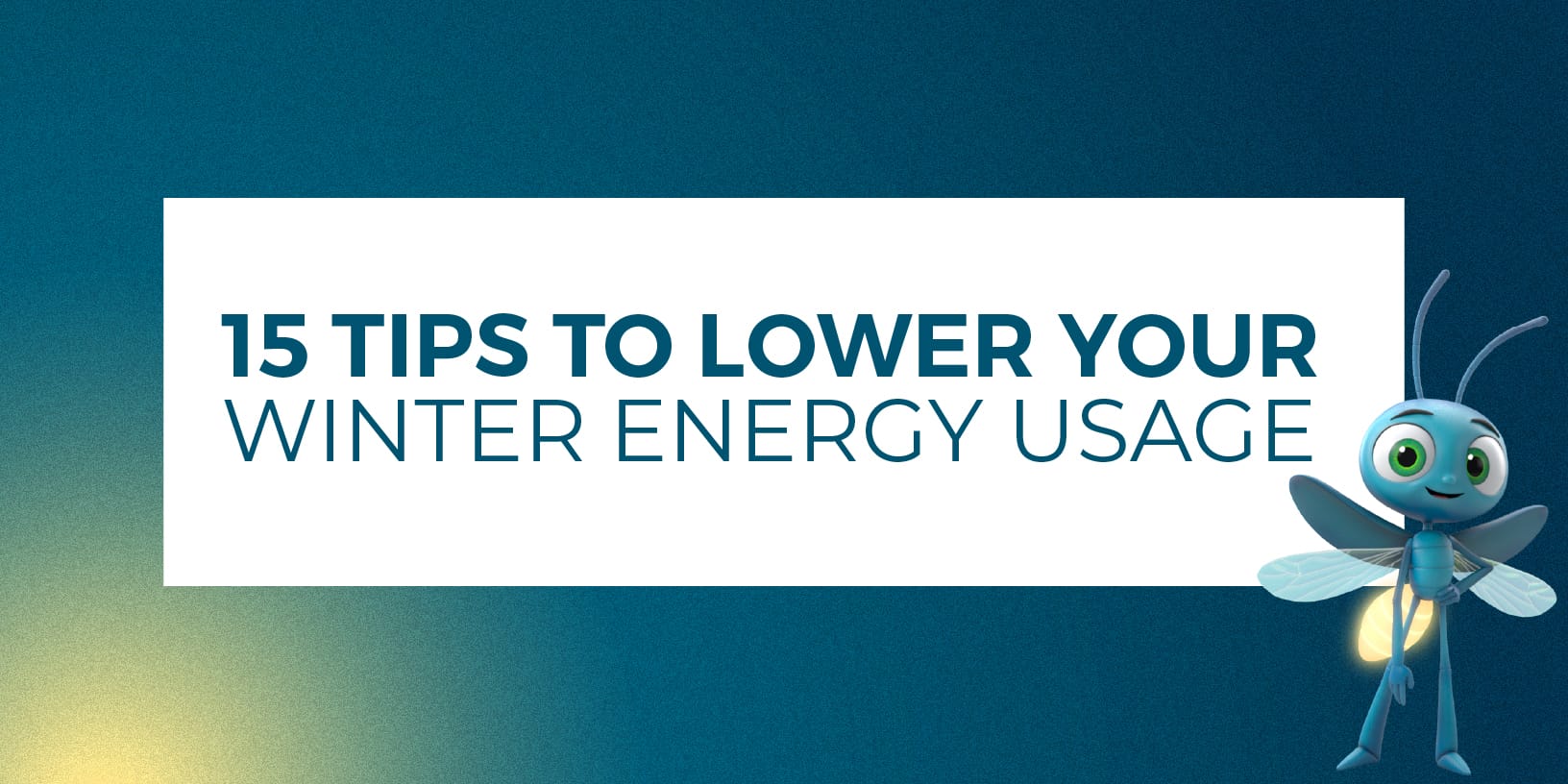Green Mountain Energy® Blog
Sustainable Life Hacks: Household Water Usage



EDITOR’S NOTE: Water cooler conversations at Green Mountain Energy often center on sustainability and conservation. This blog series features some of our best ideas, or “life hacks,” to help you manage your daily activities more efficiently.
Everyone’s patience has been tested at least once as they stand beside their bath or shower waiting for the water temperature to rise before they step in.
Have you ever lamented the fact that so much water is wasted in this process?
There are several problems in this scenario:
- As you wait for the water to warm, the water is going directly down the drain, meaning you’re paying for water that you never use.
- If the pipes carrying the water from your heater to your tub or shower are not insulated, there is heat lost in the transfer, particularly if your water heater is located far away from your tub or shower. This is not only an inefficient use of gas or electricity, but it can waste water since you’ll have to run the water longer until it reaches your preferred temperature.
So, what to do?
Before we provide an answer, let’s discuss your household water consumption further. Did you know that toilet flushing accounts for the No. 1 use of water in the average home? It’s a fact.
The good news is there is a solution to combat that, and it’s the same key to conserving all the water going down your drain as you warm up your shower or tub.



Follow these steps:
- Before you run a shower or bath, take a large pasta pot or bucket and place it beneath the faucet or shower head.
- Turn on the faucet.
- Collect the water in the pasta pot or bucket until the temperature is high enough to step in.
- Place the pasta pot or bucket full of lukewarm water next to a toilet.
- After you flush the toilet the next time, open the toilet tank cover and re-fill it with the water you collected from your tub or shower.
- Presto! You utilized water that would have gone directly down the drain, and you avoided using water that would have re-filled the toilet tank.
As a bonus, if you can find a way to add insulation around the pipes carrying water from the heater to your shower, bath, and sinks, then you’ll save even more money.
Extra: For more tips, view our Eco Tips page!
Find a renewable energy plan that helps your home go green.
Enter your ZIP code to get started.
Our customers have avoided
pounds of CO2
That’s like planting
new trees.





